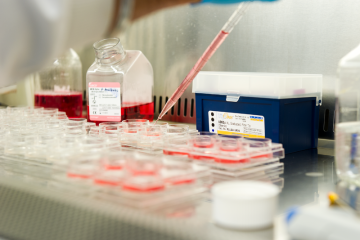Project grant
Modelling the human asthmatic airway by tissue engineering

At a glance
Completed
Award date
April 2008 - August 2010
Grant amount
£299,877
Principal investigator
Professor Donna Davies
Co-investigator(s)
Institute
University of Southampton
R
- Replacement
